At AdEspresso, we’re asked quite often about case studies, so we decided to collect a few top stories among our customers and share them with all of you!
For this first article of the series, we’re proud to showcase BionicGym, one of our customers who has learned and now earned with their Facebook Ads: up to a 9X return on investment in some campaigns.
While this can be a great guide for Facebook Ads on Indiegogo, it’s also a guide for anyone that wants advice and examples on how to get a strong ROI with the right testing, targeting, and persistence.
It all started with a knee injury…
When we first launched on Indiegogo, we had a lot on our mind – least of all Facebook Ads.
We had been working full-time on BionicGym for several years to develop and test the prototype and this was the ‘make or break’ moment to secure the funding to bring it into the world.
I (editor’s note: the inventor is doctor Louis Crowe) developed BionicGym after a serious knee injury forced me to find alternative ways to stay fit. Using my background in medical devices, along with an insight into how the body uses shivering to burn calories, I developed a novel approach for cardio-fitness. By using neuro-stimulation to work my leg muscles – I was able to do a cardio workout on my couch.

Keep in mind I was not an expert in Crowdfunding or Digital Marketing. Far from it. I’m still not – I still consider myself simply a casual user of social media!
For our campaign, I spent most of the preparation time on creating the video as well as researching crowdfunding and then setting up the Indiegogo page. I engaged a crowdfunding adviser, in the US, who also brought access to PR contacts and his own email lists. I developed the BionicGym website and prepared my own mailing list as well as setting up pages on Youtube, Facebook, Twitter, Instagram.
Facebook Ads were going to be just one part of our strategy – little did we know it would become the primary driver of our campaign – even leading to an appearance of BionicGym on the Ellen Show!

Doctor Louis Crowe presents his invention on Tv at The Ellen Show.
The adventure begins:
Indiegogo may not be an all-or-nothing platform like Kickstarter is, but there’s still an initial campaign time limit and most importantly, the truth of whether BionicGym could finally be brought to market in a viable way.
After the launch and initial burst of support from friends, family, and network the campaign was generating about $2,000 per day – good but not really on track to cover all the product development costs or to meet our goals. While the email shots from our crowdfunding adviser and crowdfunding networks worked very well (you can see the spikes in the campaign graph below) as did some press and media coverage… but they weren’t enough to build and sustain momentum!
I started using Facebook by boosting posts on our BionicGym page and running campaigns targeting both video views and reach. This seemed to achieve great results – over 2,000,000 million reached at low cost ($ 0.004 per 3-second view) they weren’t really leading to pre-orders.
The campaign overall was generating lots of data from Indiegogo, Facebook, Twitter, Google Analytics and so on and – but it was hard to get a very clear sense of what was actually driving sales and where I should focus my time and energy.
I was also realizing just how powerful social media platforms can be, but as a beginner, the depth, breadth, and range of options can be overwhelming. I wanted to test and improve, but with everything else going on with BionicGym, this was becoming increasingly difficult – there were simply not enough hours in the day.
Four weeks into the campaign I was really beginning to worry when traction seemed to have fallen out…
And yet, just one month later, we had more than doubled our weekly revenue and had strong ongoing momentum in our campaign.
While a boost at Christmas and New Years certainly helped (as well an inclusion in some Indiegogo emails – which are fantastic!), much of what we focused were key developments to one critical area: our Facebook Ads.
Now BionicGym is the most successful Ireland-based crowdfunding campaign ever, securing pre-orders from 76 countries around the world, with over 2,000 Backers on Indiegogo (thank you all) and has raised over $900K and counting.
How did we do it?
In retrospect, much of what we did seems obvious but at the time it took a lot of trial and error, learning as we went and burning the midnight oil for several months.
We’ll go over how we did it!
Around the 4 week mark into the Indiegogo campaign, I was joined by an old school friend, Colman Farrell who offered to take the lead on Facebook Ads.
Colman was also new to Crowdfunding and Facebook ads and he spent the first few days on a crash course in digital marketing trying to get his head around it all. We were simply trying to rebuild our momentum. We also had to make this profitable from the get-go – we didn’t have a big capital to be investing in figuring it out.
A friend had suggested we look at AdEspresso, so we started our trial; and with their tool, and their campaign reviews, we finally took off!
Our Campaign Set Up
While our videos were getting consistently cheap views, we needed help. So we went with an AdEspresso Campaign Review.
This turned out to be one of the best ROIs of the entire Indiegogo campaign.
As a result of the first review (by Paul Fairbrother) we made the following key shifts immediately:
- Our first campaigns were targeting ALL countries and weren’t really paying much attention to testing, optimization, or objectives. Big mistake! So we moved away from one campaign targeting multiple countries to one campaign per country (in our case, the US, UK, and Singapore) and changed the campaign objective to ‘Conversions’.
- For each ‘Country Campaign’ we split test the following:
- Gender
- Placement (Desktop, Mobile)
- Creatives (18 variations – we had one video we used with different variations of ad text, headlines, and thumbnail image)
We were now split-testing… 252 ads! [144 (UK/Ireland) + 36 (USA Only) + 72 (Singapore)] and also on Paul’s advice – using the Auto-Optimization feature. The auto-optimization reallocated funding across the different ads depending on how they were performing: this meant without us having to pause or adjust campaigns manually!
- Set-up a Re-Marketing Campaign (also known as a “Re-Targeting” Campaign) and split test to everyone who visited the Indiegogo page and viewed the Facebook Video Ad.
- Started using Lookalike audiences. We also split test these to see if they were more effective than ‘Interest-based’ targeting only (answer – most definitely YES!)
This gave us the confidence to increase our daily Facebook spend from $200 per day (a $2,400 USD monthly budget) to a peak of $1,500 per day (a $45,000 monthly budget) with an average ROI of about 300%.
Once we hit this peak ROI, conversion costs did start to increase (and the ROI began to fall). So, we had the basics of success in place, but our costs per conversion were beginning to move upwards too and we also saw that individual campaigns began to flag after a period of time.
Campaign Revisions
While we had profitable campaigns, we were now faced with the challenge of how to scale our campaigns even further as costs began to rise. We also discovered that increasing the budgets of individual campaigns – even a very successful one – often didn’t lead to a corresponding increase in pre-orders (sometimes it even decreased performance!)
It was time to really drill down into our campaigns to see what was working and what could be improved.
Country Revisions

Source: Jon Loomer
When we first set up the new US-focused campaign we mistakenly allowed overlap between different target audiences – which was driving up our cost per conversion and it took is some time to figure out why.
We also noticed that we had been getting some pre-orders from Singapore even though we weren’t specifically targeting that country – so we set up a dedicated campaign but this never really took off (and we still are not sure why).
We were also focusing almost exclusively on US/UK/Ireland/Singapore. We began testing other countries and found that we could get a positive ROI outside of these regions!
Re-Marketing Revisions
Our first Re-Marketing Campaign (after our campaign review) was successful (x5 ROI) and revealed a lot about which audiences seemed to be the most likely to purchase. However, the cost per conversion was still much higher than we wanted.
However, a second Campaign Review led to the realization that we had set a timeframe for the Custom Audience too long (anyone who had visited the site in the last 180 days)!
We created our second Re-Marketing campaign with a much shorter time frame (focusing on those who had engaged with the campaign in the previous 7 days) and then used split testing to identify the best target audience: Re-Targeting Users with Shopping Cart Abandonment or Video Views of our Ads.
The clear winner of re-marketing?
“Shopping Cart Abandonment – within the previous four days”
This new Re-Marketing campaign hit a x9 ROI and $44 per conversion. Yup – we almost halved the conversion costs by adapting the target custom audience! This also gave us the confidence to start extending re-marketing outside of the UK.
Lookalike Revisions
We decided to combine interest targeting and lookalikes – this has been our best cold audience approach!
We created a new US-focused campaign using a 1% lookalike audience (based on US backers) with split testing to identify which interests within that audience were most helpful for targeting.
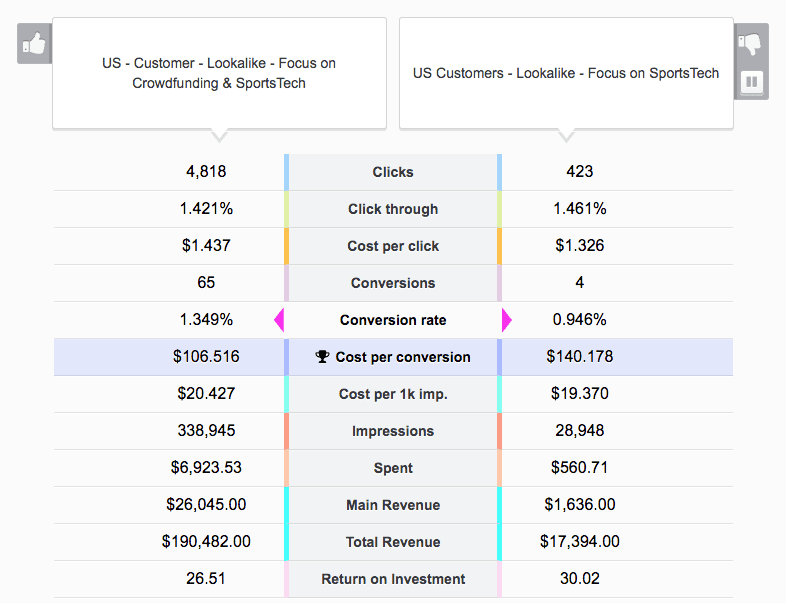
Our most successful interest-based campaigns yet! There was a huge difference in performance based on some interest/lookalike combinations. One interest + lookalike combination had nearly an x4 ROI and over 353 purchases.
We then used what we had learned from this campaign to set up a second US focused campaign, using the 1-2% lookalike audience plus interests. This also turned out well, achieving x3.5 ROI and 86 purchases so far).
Now we are looking to expand this strategy to other countries!
Bonus: Facebook Live
In addition, we started doing regular demos of BionicGym on Facebook Live. While these had a low number of Peak Live Viewers they had a surprisingly large reach (at no cost) and we sensed that they were helping drive traffic to the site and also the fact of doing Live Demos seemed to increase confidence in potential Backers.
So, how did we push through these mistakes, continue to scale our campaign and eventually hit that million dollars milestone?
Success: Our Takeaways
Our solution gave you our specific tactics, but how you can use it for your Indiegogo campaign or business?
While it’s easy to gloss over, we made a lot of mistakes (we only mentioned a few) – there was a ton of trial and error – but I believe how we adapted to these mistakes made our campaigns a success. Here was our framework for meeting the challenges.
#1. Treat Each Campaign as Unique
We came to see that every campaign has its own character, rhythm and dynamic – which also evolve over time.
Facebook advertising is surprisingly more organic than mechanical in nature – it requires something of a gentle touch. Initially, we had assumed that once a particular campaign was working it was simply a case of increasing the budget and getting more results – however, we came to realize this was not the case.
Campaigns also appear to have their own optimal budget – e.g. sometimes decreasing the budget led to improved performance. The rate of change is also important – sudden large changes in the budget (both increases or decreases) often caused a temporary performance drop (we started to make budget changes at the least active time in the day for each campaign).
In other words – hasten slowly. Don’t judge campaigns too quickly…we found it best to evaluate individual campaigns on week by week basis.
For our campaigns, it took 4-7 days for them to settle into some kind of pattern and at least a day or two before you can assess if changes are helping.
In general, we also found that campaigns require close monitoring with small adjustments and gradual changes every day or so.
What worked well for us may or may not work well for you – but go for it – keep learning, keep experimenting.
#2. Design is Key
Good campaign design – targeting, copy, messaging, budget are all key to a successful campaign – take what time you can to analyze your audience and previous campaigns – what’s working and what needs to be improved. Also as you start to run multiple campaigns – make sure to stand back and maintain an overview – i.e. ensuring that the whole is at least the sum of its parts.
# 3. Keep your Eyes on the Prize
It’s easy, very easy to get lost in all the data… and even a poor campaign can have a good day while a strong campaign can have a bad day… It’s important not to over-react to a one-off dip or spike – it’s all about the trends.
It’s also easy to react to a high/low click through rate, or cost per click – but it’s important to stay focused on the bottom line – which for us was Spend vs Main Revenue. I found that the best way to assess this was to compare the trends on a week by week basis and keep an eye on a rolling seven-day average of our key metric Spend Vs Revenue.
For the next stages, we are paying much more attention to the CTR & Conversion Rate to help improve the content and people’s progress through the sales funnel.
#4. Test, Test, and Test Your Audiences and Creatives
Countries, genders, lookalikes, custom audiences, and interests – we tested vast combinations of all of them!

Of course, this is can be overwhelming – and this is why AdEspresso was a great entry point to Facebook advertising. It makes it easy to set up and run multiple ads and campaigns – as well as to analyze what is happening at the campaign level to help you really understand what works.
#5. Get Feedback and Help from Your Team, Friends, and Family

From Left to Right: Colman, Rachel, Paddy, Ita, Louis, Noel and Deirdre.
It’s a LOT of work – we would not have been able to have Colman focus on our Facebook Ads had there not been a team in place managing all the other critical elements of an Indiegogo campaign.
Don’t be afraid to ask your friends and family to help – even if they are not social media experts – they will learn quickly enough to help – social media doesn’t need to be perfect – energy and positivity count for a lot. Louis’s sister Deirdre did a great job on Twitter, his girlfriend Ita helped immensely with replies to comments on Facebook ads, and everyone else joined in too!
There’s no need to be perfect or slick…. Our sense was that for Crowdfunding potential backers understand and appreciate that you working hard with limited resources to bring your product to life. Raw and authentic beats slick and smooth.
Summary of Our Success
Here are all of the above in easy to understand bullet point format:
- Keep individual FB campaign budgets at less than $1,000 per day (for simplicity’s sake)
- Target campaigns by country
- Remarketing focus should be a very short time period. For example – 4 days… not the last 45 days!
- Don’t judge an individual campaign for the first 4+ days
- Targeting is key – however great your copy – it won’t work if it’s in front of the wrong people.
- Use lookalikes audiences as soon as you can – based on your actual customers if possible – and combine this with interest-based targeting for the optimal cold audience approach!
- Test your audiences and creatives against each other
- Ask family and friends for help!
- Use AdEspresso!
Facebook & AdEspresso: The Indiegogo Winning Combination
Facebook Ads drive traffic to our Indiegogo page – resulting in both sales and site visits. As pre-orders and site traffic increased – so our visibility on the Indiegogo platform improved which in turn led to more sales and an increased chance of being in the Indiegogo emails which provided a great boost – at times this led to a great virtuous circle where an increase in sales and traffic led to a very high ranking on Indiegogo which in turn boosted sales and traffic.
https://giphy.com/gifs/facebook-ad-review-campaign-uNp7YzAemhg0E
AdEspresso has also an exceptional Review Campaign service (Editor’s note: available in English, Spanish, and Italian) – perfect for beginners! When you are on a steep learning curve, part of the problem is that you don’t know what you are doing vs where you need to improve – these reviews helped us with both.
For the more advanced, we recommend using the 1:1 mentoring service – maybe before you set up your ads in the first place.
If we could sum up our entire campaign, and our work going forward, it would be this: 1% Inspiration, 99% Perspiration
Running Facebook campaigns is running a series of experiments with continuous monitoring, trial and error, learning and then more experimentation… It’s a LOT of work, but thankfully AdEspresso makes it a whole lot easier.
Good Luck!
Dr. Louis Crowe.
He is the inventor of BionicGym and founder of the company. A registered medical doctor – a bit of a maverick who enjoys pushing out the boundaries. Endlessly tests and experiments to develop better treatments for patients and body hacks for everyone.
Dr. Colman Farrell. A qualified medical doctor turned serial social entrepreneur and educator. He is passionate about disrupting and re-imagining Higher Education to equip students for the challenges of the 21st century. Self-taught crowd-funder for the BionicGym Indiegogo campaign.
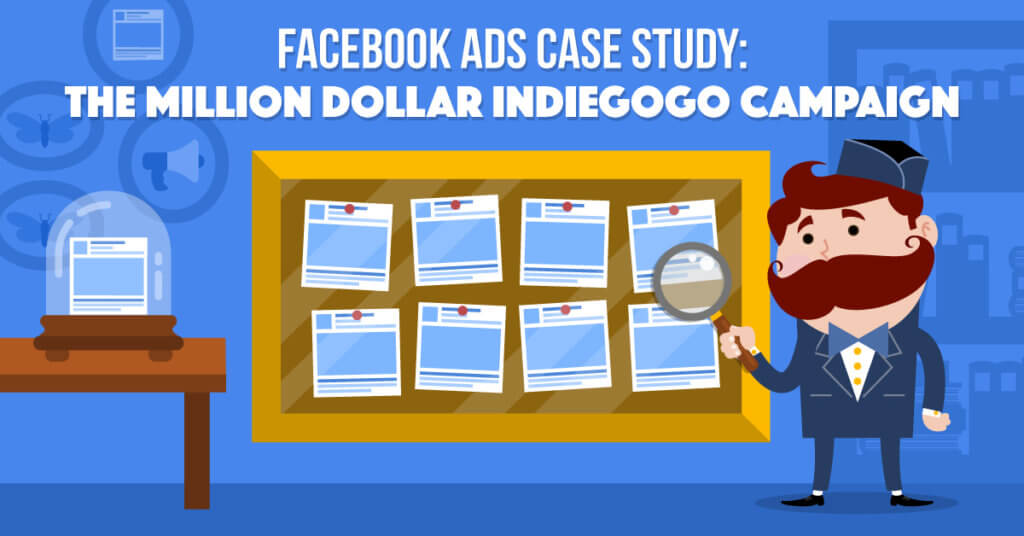

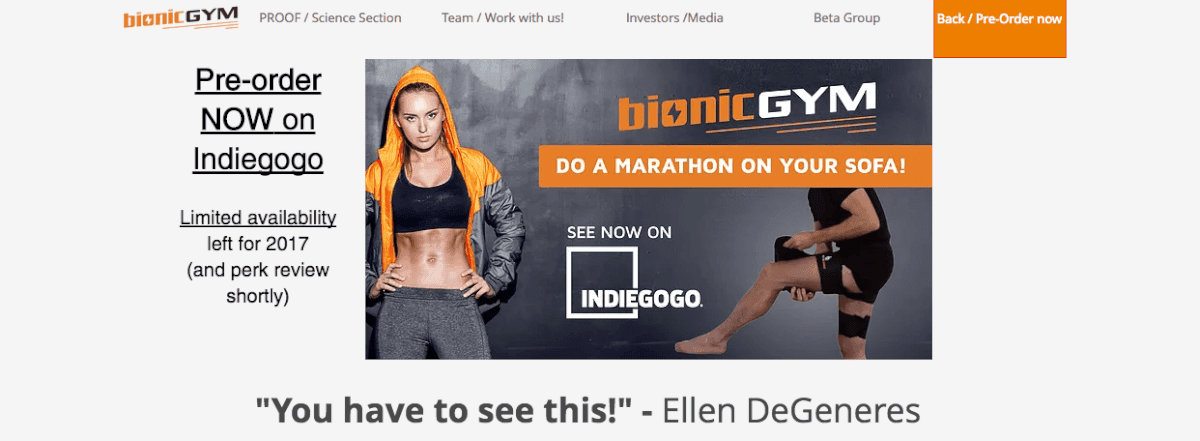
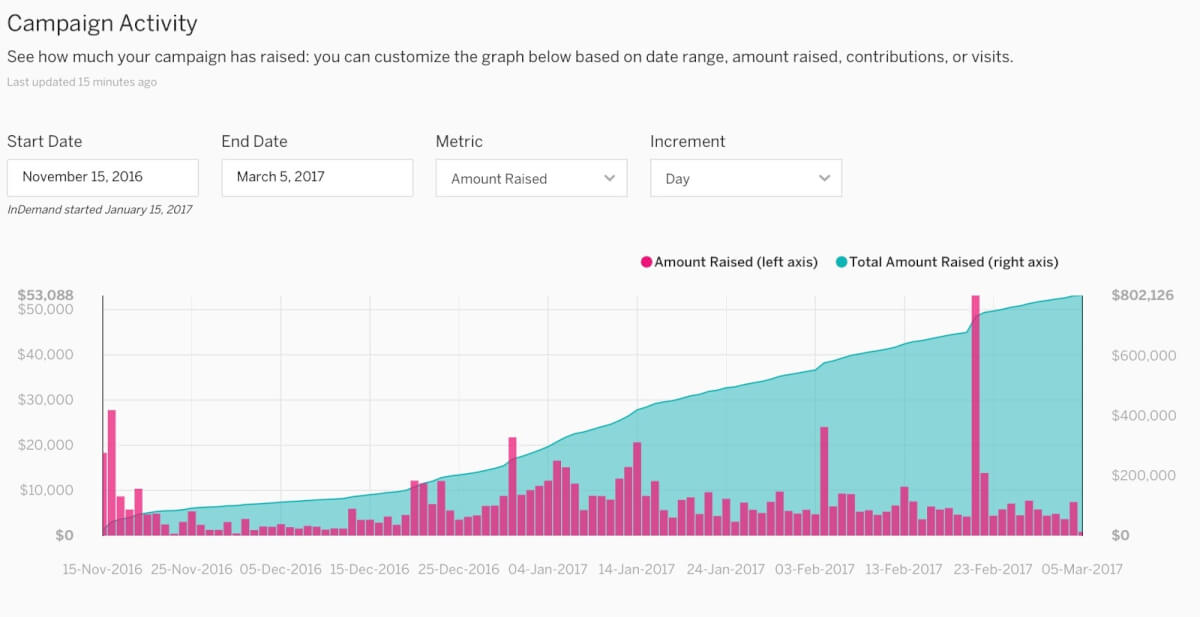
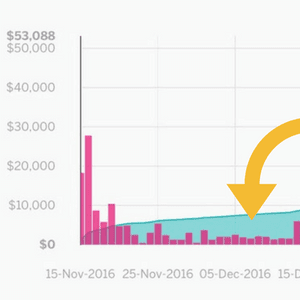
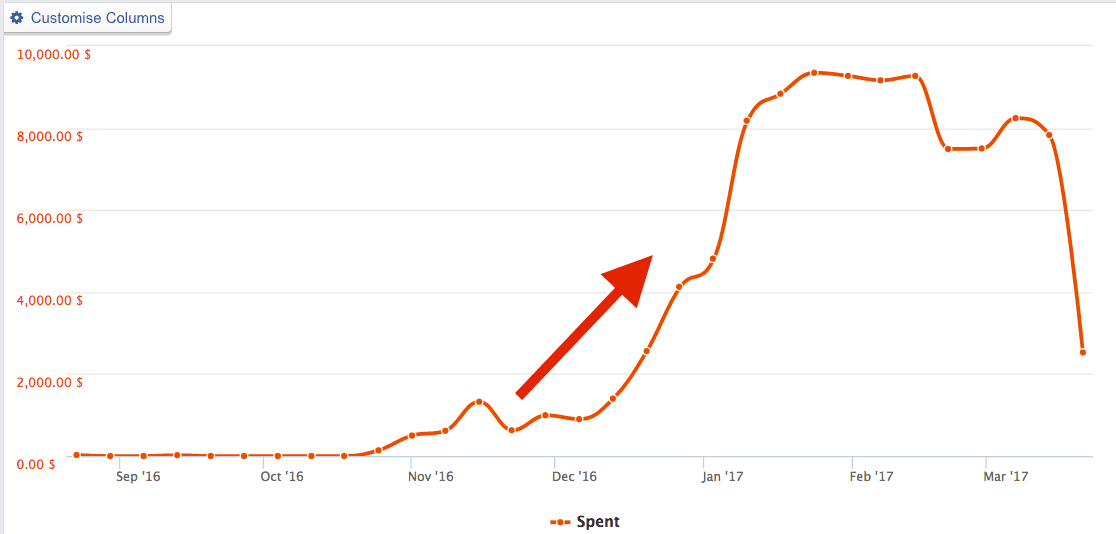
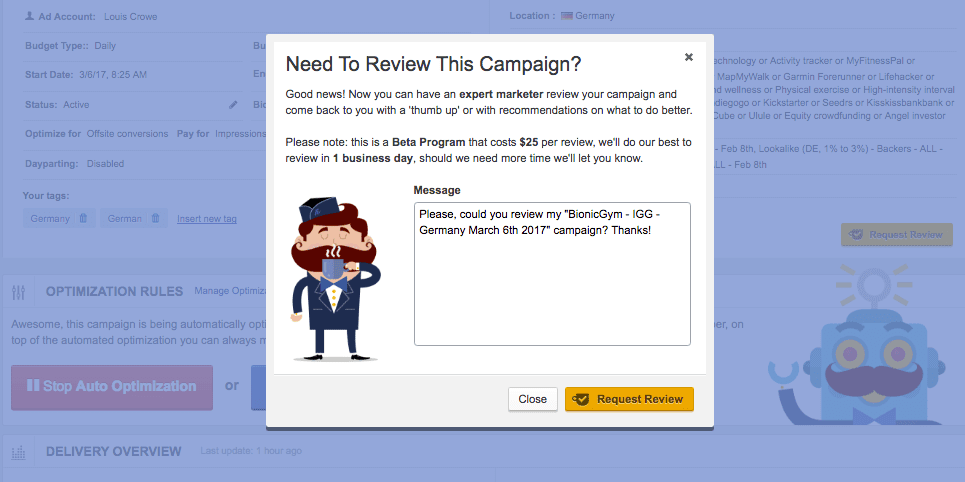

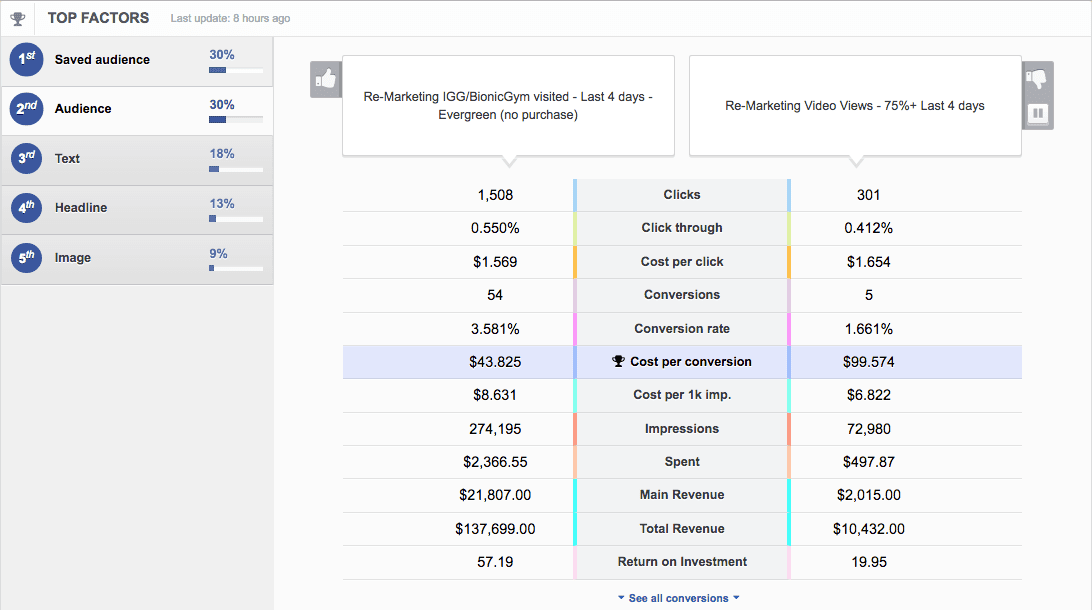
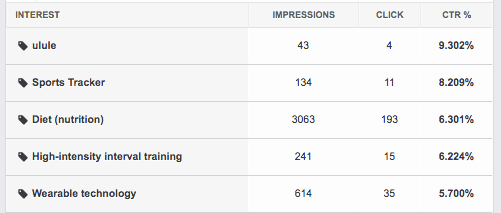





Impressive! Grats guys.
very impressive case study of Bionic Gym. It is quite awesome that they broke down the campaigns into specific countries and did A/B testing of their Ads for every specific country. This seems a very new cool idea for me.